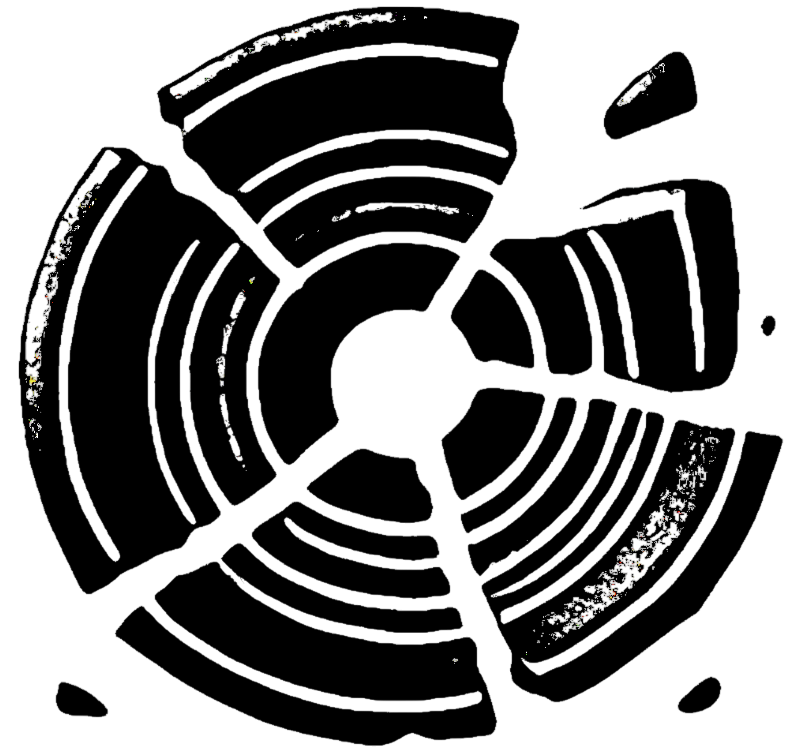Subprojects
Our project will seek to realize its objectives and contributions via three sub-projects. All subprojects balance the goal of recognizing the cross-contextual and potentially global presence of the oligarchic threat with a contextual sensitivity. We collect evidence of the oligarchic threat, as well as proposals to counter it, from different contexts, i.e. North American and European democracies. Thereby, we avoid an overly narrow diagnostic focus and remain open to the possibility that certain democratic contexts may benefit from remedies that have first been tested or discussed in relation to others. However, we retain context-sensitivity by reconstructing the contexts of extant diagnoses, considering the context-specific elements when spelling out the systemic natures of the oligarchic threat, and reflecting upon requirements to align potential remedies with the particularities of different political systems. Please note that we discuss the individual steps involved in each subproject, the timeline, and the collaboration between applicants and postdocs in the work plan.
Subproject 1
Diagnosing Oligarchy in Contemporary Democracies
Research Question: What are the key structures of power underlying the oligarchic threat?
This subproject will diagnose which oligarchic power structures are most important for posing a threat to contemporary democracies. It will use the epistemically focused type of ideology critique we have been developing over the last decade (Prinz & Rossi 2017; Prinz & Rossi 2022; Aytac & Rossi 2022) and tailor it to identify the systemic power structures that characterize “oligarchic democracies”. The four steps outlined above (see “methods”) will structure the performance of an initial round of the ideology critique to identify and test the beliefs key for the legitimation of selected political and social phenomena that extant diagnoses identify as evidence of oligarchic tendencies. Examples are the unequal political responsiveness of political decision-making processes in contemporary democracies and concentrated influence on public debates and political opinion formation. Subsequent performances of the method will investigate how different legitimating beliefs relate to give the oligarchic power structures a systemic character. Thereby, it provides direction for the efforts of SP2 and SP3. It will engage in intensive exchange with the other SPs to fine-tune the systemic quality of the proposed cure to the oligarchic threat by assessing the potential for mutual reinforcement and tensions between the transformative shifts at institutional and civil society level, and the connections between the different power structures supported by ideological beliefs.
Subproject 2
Contesting the oligarchic character of contemporary democracies through institutional innovation
Research Question: What institutional reforms can address, i.e. counter or disperse, oligarchic influence on political decision-making?
This subproject will develop the needed pathways for reforming and reinventing the institutional setting of contemporary democracies in ways that counter or disperse the oligarchic influence on political decision-making. It begins by mapping the models for institutional reform and innovation that are already proposed in the literature as means to counter political inequalities in contemporary democracies. The institutionally focused democratic theory approach (see “methods”) will then be used to develop an innovative systemic approach to the institutional contours of a non-oligarchic democratic future. The project will create its proposals based on the consideration both of possibilities for reform that target the functioning of existing institutions, such as certain proposals for campaign finance reform measures (Mazo & Kuhner 2018; Westphal 2022), and possibilities to implement additional institutions that would function as novel players in political decision-making processes, such as citizens’ juries (Arlen 2022; Ward et al. 2003; Smith & Wales 2000) and a reinvented version of the plebeian tribunate of the Roman republic. The latter might embody a democratic innovation with some considerable potential to help contemporary democracies deal with concentrated power (Arlen & Rossi 2021; Jörke 2016; McCormick 2011, 2023; Prinz & Westphal 2023). The proposals will be compared in terms of their properties and targets in the respective political systems, taking in the preliminary findings of SP1 about the power structures and legitimating beliefs at the core of the oligarchic threat. In addition, these proposals will be evaluated in terms of their feasibility and (assumable) effectiveness. The subproject will engage in intensive exchange with the other SPs to fine-tune the systemic quality of the proposed cure to the oligarchic threat.
Subproject 3
Contesting the oligarchic character of contemporary democracies through democratic prefiguration
Research question: How can prefigurative democratic practices spark anti-oligarchic reforms of democracy?
This subproject will investigate how prefigurative democratic practices can contribute to reforming and reinventing social practices in contemporary democracies in ways that counter or disperse oligarchic power. Prefigurative practices – which are called “prefigurative” because they seek to instantiate in the present the contours of a future society at a small scale – are anti-hierarchical and experimental (Gordon 2018; Raekstad and Gradin 2020; Törnberg 2021). These features render them particularly interesting for our project. Their anti-hierarchical character means that their basic thrust can assumed to be anti-oligarchical or, at least prone to align with anti-oligarchical goals. Their experimental character means that they can be seen as nodal points of creative social practices aimed at innovating the status quo. We hypothesize that there are at least three sorts of contributions that prefigurative politics can make to a systemic cure to the oligarchic threat. It can (i) unsettle the hold of oligarchic beliefs by demonstrating the possibility of alternative social practices in public, (ii) create spaces for debate and interaction (offline and online, e.g. Mercea 2011) that are protected from the oligarchic grip, and (iii) provide a pool of ideas for social and political reforms, some of which might have considerable potential for upscaling. The subproject will research different examples of prefigurative politics and analyse their capacities to counter and disperse oligarchic tendencies, taking in the preliminary findings of SP1 about the power structures and legitimating beliefs at the core of the oligarchic threat. The subproject will engage closely with SP2 to examine possibilities for integrating counter-oligarchic strategies on the political institutions and civil society level.
